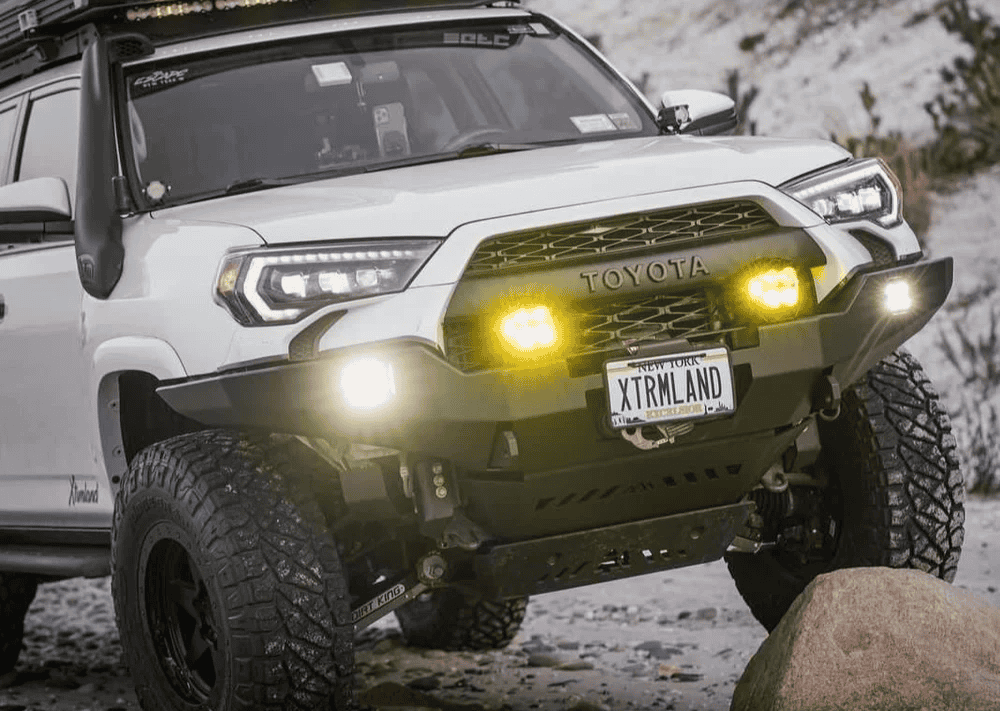Overland Vehicles

A recovery gear setup is more than a pile of tools. It is a system that matches your vehicle weight, wheelbase, tires, and the terrain you travel. Start by listing scenarios you actually face, like sand bogs, muddy climbs, or snow packed trails. Then select tools with the correct working load limit and organize them for fast, safe access. Keep weight low and centered so handling stays predictable on broken ground.
Pack heavy recovery items low and close to the axle line. Use a clean bag for ropes and straps so grit does not grind fibers. Color code or label bags so the right tool comes out under pressure. Mount traction boards outside for rapid grabs and to keep mud out of the cabin. Secure jacks and shovels with positive latches that do not rattle loose on washboard roads.
After each trip, rinse mud and sand from ropes, straps, and boards. Air dry soft goods out of direct sun. Check soft shackles for abrasion and flattening. Inspect jacks for leaks and smooth operation. Replace anything that shows questionable wear before it becomes a weak link.
Safe recovery begins before the pull. Identify rated recovery points on the vehicle and avoid tow balls or thin sheet metal loops. Build your system with a safety factor appropriate to the vehicle weight, and never exceed manufacturer ratings. Clear bystanders to a safe zone at least one and a half times the line length, at a right angle when possible. Use a line dampener to reduce snapback energy if a component fails.
Communication matters. Assign a spotter with clear hand signals and one voice of command. Check the path you plan to take, remove rocks or branches that could stop momentum, and set traction boards in advance when needed. For kinetic pulls, take up slack gently, then roll into a smooth tug rather than a harsh jerk. For static pulls, keep movements slow and controlled. Stop if anything binds or looks off, and reset with a better angle or new anchor.
Winching calls for extra attention. Use a tree saver on living anchors to spread load and protect bark. Add a snatch block to change direction or reduce winch load when pulling a heavy rig. Keep the winch rope neatly spooled under tension to avoid buried wraps and sudden surges. Watch heat build up and give components time to cool.
Your recovery gear should reflect your platform and geography. A midsize truck with a light canopy carries different tools than a long wheelbase van with a full interior. Weight ratings must account for real world mass including passengers, water, and fuel. In sand, prioritize traction boards, a kinetic rope, and a wide base for your jack. In snow, add a sturdy shovel, traction boards, and a compressor for tire pressure tuning. In rocky terrain, emphasize slow static pulls, rock stacking, and tire repair.
Mounting and access also change with body style. Vans often benefit from rear door board mounts and underfloor storage for soft goods. Trucks may use bed racks and bedside boxes for clean organization. Keep recovery points easy to reach even when buried in mud or snow. Verify that front and rear anchors are truly rated and tied into the frame or designed structure, not cosmetic points.
Training ties it all together. Practice in a controlled setting with a buddy, run through rigging steps slowly, and learn the feel of a proper pull. The goal is a calm, repeatable process that keeps people safe and vehicles intact.
As your trips grow longer or trails become more technical, a professional integration can simplify both storage and safety. If you are exploring full scale builds or refined organization, see our overland rigs at overland rigs for platform level solutions, then explore a custom overland upfit to add rated mounts, winch wiring, and sealed storage that fits your exact kit. Curious about our process and craftsmanship standards before you commit? Learn more at Why Choose OZK Customs.
Recovery gear is supposed to make hard moments simple. If your setup is heavy, scattered, or missing key pieces, we can help turn it into a focused system. Visit us in Fayetteville, Arkansas to plan clean mounting, safe wiring, and quick access layouts that match how you travel. When the trail throws a curve, your kit should answer without drama.
Ready to dial in a recovery system that fits your vehicle, payload, and terrain goals? Our team in Fayetteville, Arkansas integrates rated mounts, winch wiring, and clean storage into purpose built overland rigs. Tell us how you travel, and we will build a safer, smarter setup that works when conditions turn tough.
ADDRESS:
6159 E Huntsville Rd, Fayetteville, AR 72701
PHONE:
(479) 326-9200
EMAIL:
info@ozkvans.com